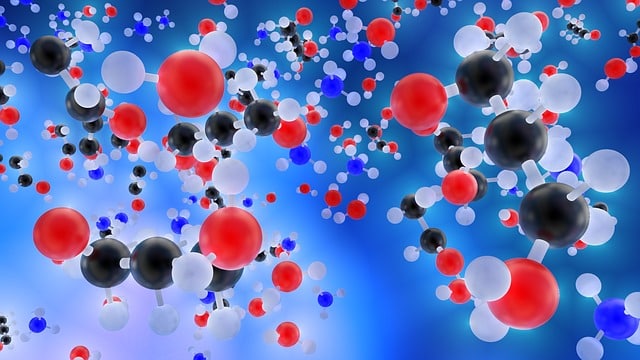
The idea of tetravalency refers to the tendency of a chemical element to be linked by four covalent bonds.
The concept of tetravalence is not accepted by the Royal Spanish Academy ( RAE ). On the other hand, the term tetravalent does appear in the dictionary, an adjective that refers to that which, in the field of chemistry, has four valences .
Let us remember that valence is the number that reveals how an atom can combine with others to form a compound. This is because valence indicates the number of electrons that a chemical element has when forming a bond with another. The valence also reflects the oxidation number of the element.
The importance of oxidation number
The oxidation number (also called oxidation state ) is an integer that serves to represent the amount of electrons that an atom receives or that it provides to others so that they have them when forming a certain compound, and this is expressed with a minus sign or a plus sign , respectively.
In other words, if this number is positive, then the atom loses or shares electrons (the latter occurs if there is a second atom, which is capable of capturing them). Likewise, a negative oxidation number indicates that the atom gains electrons, or that it shares them with one that tends to give them up. To write this indicative value, Roman numerals are used, preceded by the corresponding sign.
Characteristics of tetravalency
Tetravalence, thus, indicates that the chemical element has a tendency to bond through four covalent bonds. This particularity is associated with the tetrahedral structure of the molecules .
Molecules with this structure have a geometry such that there is an atom in the center and this is chemically bonded with four substituents, one in each corner of a tetrahedron . It is important to note that a substituent is a functional group , alkyl group or heteroatom that, in a hydrocarbon, takes the place of a hydrogen atom or that of a leaving group if we are talking about any organic compound. Among the chemical species that represent this type of tetrahedral geometry are the ammonium ion , phosphate , and methane .

A quadrivalent vaccine protects against four classes of viruses.
The role of carbon
It can be said, in other words, that tetravalence indicates that an element has four valences : that is, four bonds . Among the elements that have tetravalence is carbon .
Thanks to tetravalency, carbon has a wide combining capacity. Their atoms, therefore, can be linked into complex structures since they have a fourfold chance of establishing bonds.
These four links are located symmetrically in space , heading to the lines that link the nucleus of the tetrahedron with its vertices. Currently about sixteen million carbon compounds are known.
Quadrivalent vaccine
A quadrivalent influenza vaccine , on the other hand, is called one that provides protection against four different classes of this virus : two of influenza A , and two of influenza B. Previously, and for several years, the vaccine was trivalent, since it only protected against three types of influenza: an A H1N1 virus, one of A H3N2 and one of B. Although in most influenza seasons there are two most common B viruses, at first scientists were only able to choose one of them.
Needless to say, the advances that allowed the trivalent vaccine to be converted to quadrivalent made it a much more effective option. Although the name is the same in all cases, it comes in six different versions, depending on the age group; On the other hand, there are also variations for people with certain factors, such as allergies or specific health problems.
